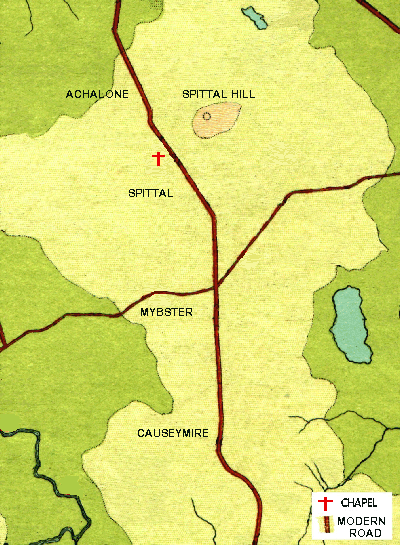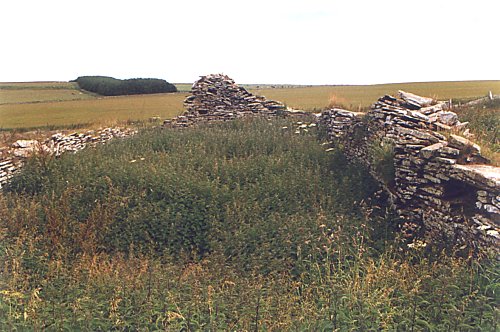
SPITTAL HISTORY
|
|
SPITTAL HISTORY |
St.MAGNUS' HOSPITAL AND CHAPEL
The name SPITTAL doesn't appear until sometime after 1476 when the first written record of an HOSPITAL in the area appears. Although it might well have looked after some sick or needy people this was more a place of hospitality for tired travellers who had come relatively long distances on horseback or in carriages on very poor roads. It was dedicated to, or possibly founded by, the Norse Saint Magnus who was executed in Orkney in 1116.
Built in what is now the grounds of Spittal Mains farm, the stones from the hospital are reputed to have been used to build St. Magnus Cottages at the farm.

Some time later a chapel was added, the hospital probably being run by a religious order, and the area had considerable religious importance in the North up until about 1641. It was also a centre for passing on news and information being at a crossroads where travellers were constantly coming and going from North, South, East, and West.
Old records make a mention of a very large building, associated with the chapel, on the side of Achanarras Hill, slightly to the West. No trace has ever been found of this building and there is only this brief written record but the name Achanarras translates as "Field of the altar" which may be significant.

Only the ruins of the chapel now remain with the graveyard overgrown, the exact site of the hospital itself hasn't been ascertained..
The Chapel was originally 60 ft. long by 20 ft. wide running East - West. The Hospital is said to have been 102 ft. long.
The graveyard of the Chapel was the burial ground of the Clan Gunn and was in use up until 1911.